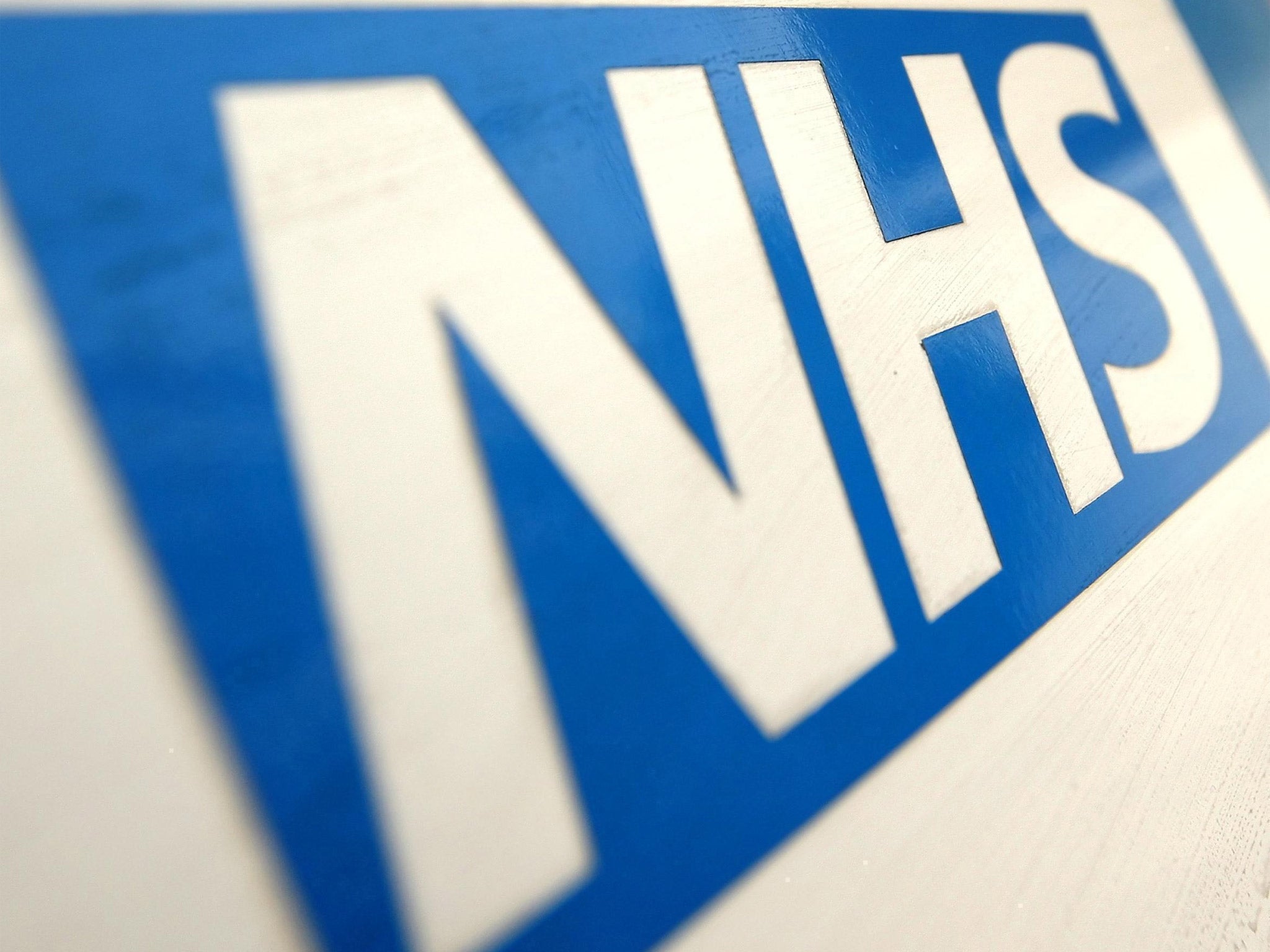Data reveals six NHS trusts with 'persistently' high death rates

Six NHS trusts have “persistently” high death rates for patients who die in hospital or within 30 days of discharge, according to new data.
The trusts - including Colchester which is being investigated by police over accusations cancer waiting times were falsified - have had higher than expected death rates over two years.
A further 12 trusts are also considered “outliers” because they have death rates that are below expected levels and this has persisted for two years, the report from the Health and Social Care Information Centre (HSCIC) showed.
The six trusts with persistently high death rates are Mid Cheshire Hospitals NHS Foundation Trust, Colchester Hospital University NHS Foundation Trust, Aintree University Hospital NHS Foundation Trust, Wye Valley NHS Trust, Blackpool Teaching Hospitals NHS Foundation Trust and East Lancashire Hospitals NHS Trust.
Several of these trusts, including Blackpool, Aintree and Colchester, have featured in other lists - compiled by the Care Quality Commission (CQC) and analysts Dr Foster - warning of high death rates.
Blackpool has also been investigated by NHS medical director Professor Sir Bruce Keogh.
The report is based on the Summary Hospital-level Mortality Indicator (SHMI), which is the ratio between the actual number of patients who die following treatment at the trust and the number that would be expected to die on the basis of average England figures.
It takes into account the different types and ages of patients treated.
The 12 trusts with lower than expected death rates are Barts Health NHS Trust, Royal Free London NHS Foundation Trust, North Middlesex University Hospital NHS Trust, Cambridge University Hospitals NHS Foundation Trust, Guy's and St Thomas' NHS Foundation Trust, St George's Healthcare NHS Trust, The Whittington Hospital NHS Trust, Chelsea and Westminster Hospital NHS Foundation Trust, University College London Hospitals NHS Foundation Trust, North West London Hospitals NHS Trust, Barnet and Chase Farm Hospitals NHS Trust and Imperial College Healthcare NHS Trust.
The study covers the period from July 2011 to June 2013.
In December, Dr Foster named 16 NHS trusts in England as having higher than expected death rates in one year, with 13 scoring poorly on at least two indicators relating to patient death.
Dr Mike Durkin, director of patient safety at NHS England, said: “We want and expect every patient to receive the highest quality of care and experience the best outcome possible right across the NHS in every sector and every setting.
“A higher-than-expected mortality rate shown by this indicator does not in itself tell us that a hospital is unsafe.
“It is, however, a warning light and a signal to the trusts that they should immediately investigate further to identify the reasons for the high mortality rate and resolve any associated quality issues that may have contributed.”
PA
Join our commenting forum
Join thought-provoking conversations, follow other Independent readers and see their replies
Comments